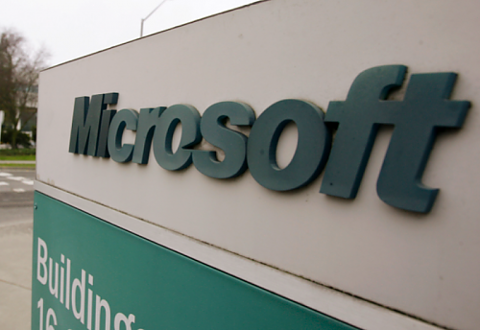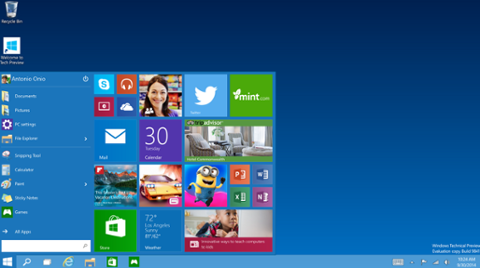Microsoft Earnings Hint at Major Challenges Ahead
Some of Microsoft’s key revenue drivers—namely its business and entertainment divisions—experienced notable declines in revenue last quarter, a potential sign of trouble for the company as it struggles to adapt to a changing tech industry. Despite record revenues of $21.46 billion, Microsoft ended up with $6.38 billion in net income, down roughly 3.7 percent from $6.62 billion in the same quarter last year. Revenue for its core Windows business spiked 24 percent, thanks at least in part to early sales of Windows 8, the latest version of the company’s flagship operating system. During an earnings call with investors and media, Microsoft executives indicated that some 60 million Windows 8 licenses had sold thus far, and that Windows users had downloaded around 100 million apps from the Windows Store, Microsoft’s competitor to the various app storefronts pushed by Google and Apple. However, those executives declined to break out specific sales figures for Surface, the tablet that Microsoft is building in-house. “We think of Surface as one part of the overall Windows 8 story,” Peter Klein, Microsoft’s chief financial officer, said on the earnings call. “Certainly this quarter it was a contributing factor to the revenue growth in Windows Business.” Microsoft also refused to reveal specific sales numbers for Windows Phone 8, the latest iteration of its smartphone platform, although executives did reveal that sales were “four times higher” than they were last year. Windows Phone 8 shares a kernel, file system, graphics support, and other elements with Windows 8; Microsoft is hoping that third-party developers will take advantage of that overlap to port apps from the desktop/tablet OS to the smartphone OS. In theory, that linkage between the platforms could drive people to embrace a more exclusively Windows ecosystem—but time will tell whether that actually happens. Revenue for Microsoft’s Business Division, which builds Office and other enterprise-centric products, dipped 10 percent year-over-year. The Entertainment and Devices Division, responsible for the Xbox and Kinect, saw its revenue decline 11 percent year-over-year. Some of this was attributable to business mechanics—for example, Microsoft deferred $380 million this past quarter “for games where the buyer has rights to receive content in the future”—but the revenue dips nonetheless hint at the pressures facing the company. The video-game industry is undergoing a longtime seismic shift, thanks in part to the prevalence of games for tablets and smartphones. In addition, the current Xbox is nearing the end of its lifecycle, despite the popularity of the Kinect hands-free controller and the resulting spike in sales; anticipation for the so-called “Xbox 720,” due at an undetermined point in the future, could be dampening Xbox 360 sales. As for business software, Microsoft is rapidly trying to shift its center of gravity from desktop-based products to the cloud. But in the cloud, it faces competition on the productivity-software front from Google Docs and other platforms; on the analytics and database side, there’s the combined threat from Amazon, SAP, Oracle, and pretty much every other vendor in the business space. Fifteen years ago, Microsoft handily dominated a number of software segments. Today, it faces more competition than ever. Image: Adriano Castelli/Shutterstock.com



